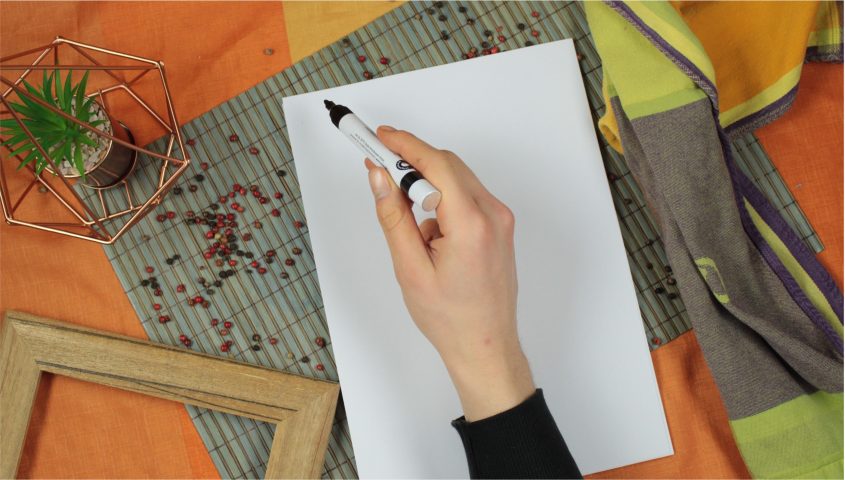The Lost Art of Handwriting: Rediscovering its Educational Significance

Mastering the art of to-do lists
October 13, 2023
How to host a zero-waste Halloween party
October 31, 2023
In a world dominated by screens and keyboards, the debate around the importance of handwriting might sound like a relic of the past. But let’s hit the pause button on our digital lives for a moment and dive into why handwriting is more than just nostalgia—it’s your brain’s secret weapon for learning and creativity!
Handwriting: Supercharging Your Memory
Imagine this: You’re in school, trying to grasp a new concept. You grab your trusty pen or pencil and jot down notes. Did you know that the act of putting words on paper engages your brain in a way that typing can’t quite replicate? Handwriting enhances memory retention, boosts creativity, and sparks critical thinking. Your brain forms a unique connection between your thoughts and the physical world, making your learning experience richer and more profound.
Unlocking the Power of Personal Touch
In a world filled with emojis and text messages, receiving a handwritten letter or note is like a warm hug for the soul. Handwritten messages convey a personal touch that digital communication can’t quite match. It’s intimate, thoughtful, and leaves a lasting impression. So, next time you want to make someone’s day, consider picking up that pen!
From Socrates to Smartphones: The Timeless Debate
Socrates, the ancient philosopher, once fretted that writing would harm students. Fast forward to today, and we’re having a similar debate about computers and the typing that happens on them. Many students are now returning to school armed with laptops, but is this really the best way to learn? Research suggests that the answer might lie in the good old-fashioned act of putting pen to paper.
Superior Note-Taking: The Handwritten Advantage
Picture yourself in a lecture hall, surrounded by laptops clacking away. Now, imagine you’re the one with a notebook and pen in hand. Studies show that students who take handwritten notes not only absorb the material better but also perform better on tests. It’s not about transcribing; it’s about synthesizing ideas in your own words. Handwriting forces you to engage with the material on a deeper level.
Policy and the Pen
The recognition of handwriting’s value isn’t just an academic exercise. Policymakers and educators around the world are advocating for more extensive handwriting instruction. Some states in the U.S. now require more teaching of this essential skill, Sweden is pushing for more handwriting and printed books, and England is already teaching cursive by age seven. Handwriting is making a comeback!
Balancing Act: Handwriting and the Digital World
But wait, before you throw your laptop out the window, remember that it’s all about balance. Banning laptops might be too extreme, especially in today’s digital landscape. Typing is a crucial skill, and it can help you capture ideas swiftly and efficiently. It’s all about finding the right harmony between the keyboard and the pen.
Your Brain’s Gym: Handwriting for Life
Just like any skill, handwriting can be honed and refined throughout your life. Whether you prefer print-style writing, cursive for speed, or mastering the art of typing, there’s always room for improvement. Think of it as your brain’s gym—it’s here to stay!
In conclusion, the debate around the importance of handwriting isn’t about resisting progress; it’s about recognising the hidden benefits of this timeless skill. Handwriting isn’t just about tradition; it’s about boosting your memory, connecting with others, and enhancing your learning experience. So, the next time you reach for that keyboard, consider picking up a pen or pencil, and let your handwriting skills shine!



